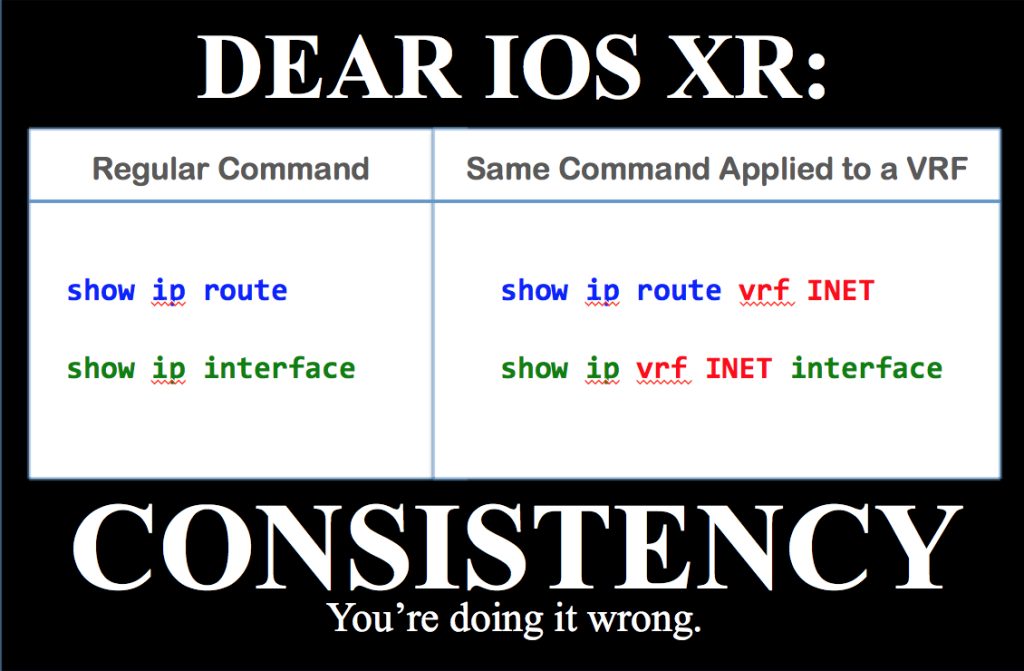Datanauts 001 – Hyper Convergence with Scott D. Lowe
A brand new podcast -- Datanauts -- has launched! Here's the summary of episode 1. The latest form factor, hyper-converged infrastructure, seems to be storming through the data center market like a thundering donkey with a rainbow laser cannon. Join the Datanauts as they pick apart the pros and cons of hyper-converged, ramble on about architecture and design challenges, and shine a piercing light into a dark and murky corner of the next generation data center!
The post Datanauts 001 – Hyper Convergence with Scott D. Lowe appeared first on Packet Pushers.



 A new use case solution from Brocade discusses its Virtual Customer Edge framework, showing how it helps service providers (SPs) transition from outdated CPEs to flexible, dynamic virtualized edge solution
A new use case solution from Brocade discusses its Virtual Customer Edge framework, showing how it helps service providers (SPs) transition from outdated CPEs to flexible, dynamic virtualized edge solution The who, what, where, when and why.
The who, what, where, when and why. A look at the role each group is playing in the evolution of NFV.
A look at the role each group is playing in the evolution of NFV.
